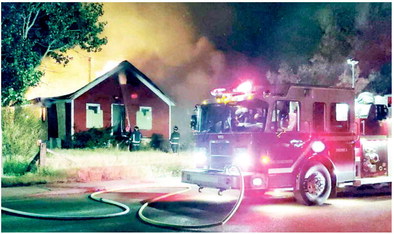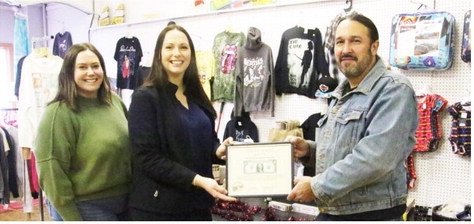with some of the tools ….


with some of the tools that are used like ship-andslaughter. And we’re committed to continuing to work together basically in the same paradigm that we’ve been in. I would think that the state would recognize that and see what happens as we move forward.” Sholly said. “… I appreciate the partnership with the state; it’s something we’ve got to work on together. This does not dramatically shift where we’ve been.”
Sholly said he’s heard displeasure from all different sides over the plan and more often the population goals; some people and groups want fewer than 3,000 bison, while others would like to see more than 10,000 in the park on an annual basis. He said he believes the plan strikes the right balance and is in line with where populations have largely sat for the past decade. In the last eight years, the population has ranged from 4,400 to 5,900 after the calving season.
And he noted that surveys have found seeing bison were among the top reasons visitors wanted to go to Yellowstone, that visitor numbers could break an all-time record this year, and those visits benefit Montana’s economy as well.
“I get it; not everybody’s happy on either side. This is where we are at this point in time, and the plan does allow for adaptive management like the last EIS did,” Sholly said. “And as opportunities present themselves over time, with partners we can make adjustments and make changes based on what conditions are happening on the ground.”

